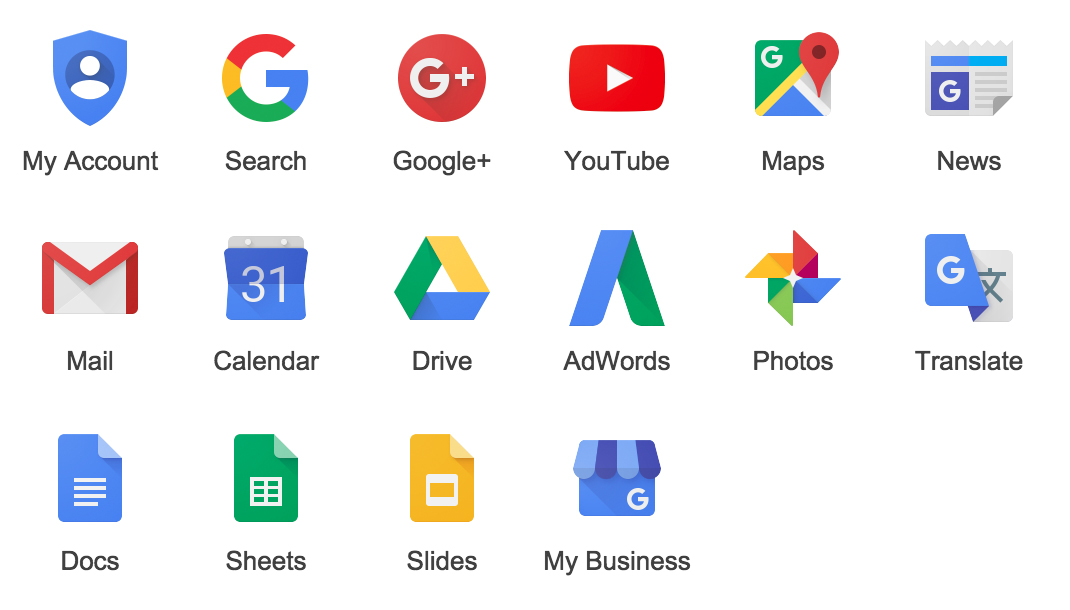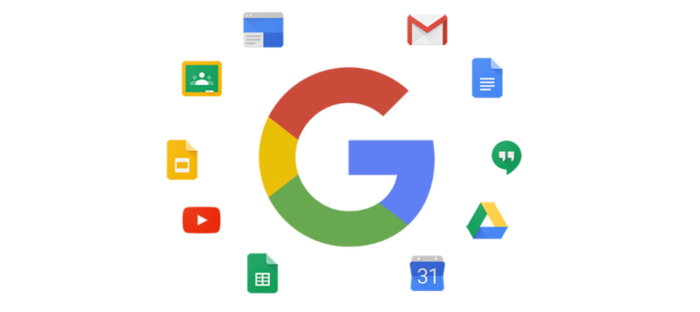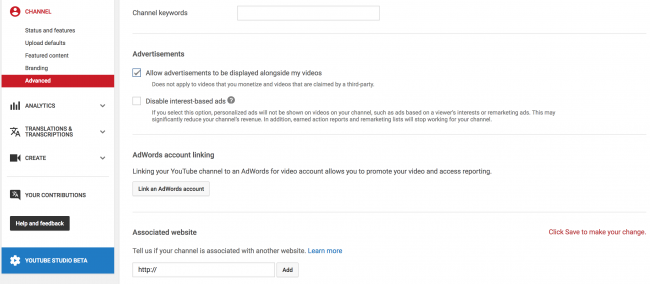
The SEO world loves complicated things.
If you're into SEO, chances are you relish a real challenge.
You might love the details of technical SEO—it gets the gears in your brain turning.
You might enjoy analyzing the quantities of dofollow link or nofollow links you've got.
You might spend months planning and scheming to prepare your sneakiest link building campaign yet.
But sometimes the best backlinks are the simplest.
Yet, they're easy to overlook.
For example, Google backlinks are some of the easiest ones to get, and not every SEO has thought of exploring this avenue during link building.
That's why you need to know how to get Google backlinks.
Just look at Google's online properties, for example.
How many internet services does Google offer beyond the leading search engine?
I immediately thought of Google Maps and YouTube.
In fact, there are more than a dozen others.
If you want to get Google backlinks, you need to understand what links are available and then how to get them.
Introducing Google Backlinks

In expert analyses of SEO ranking factors, links from Google properties help to lift rankings. When you stop to think about it, it makes complete sense.
After all, Google invested serious resources in creating or acquiring those websites, so why wouldn’t they consider them in their rankings?
Now, let’s take a closer look at the options available.
5 Google Properties for Your Checklist
Start with the following websites:
YouTube
With a massive library of content, YouTube is an important search engine in its own right. If you or your clients are particularly skilled with video, building out a YouTube channel might be a smart move.
Initially, creating one or two simple videos with backlinks to your website will get you started.
Google My Business
How do local businesses influence how they appear on a Google Maps search page? The answer is taking the time to craft your free Google business listing.
If you're doing SEO for a local business or company with retail locations, this type of Google backlink is especially important.
Google News
If you learn the art of newsjacking—aligning your business with a breaking news trend—you may be able to get Google News backlinks. If you already have a PR campaign underway, keep Google News in mind.
Blogger

Acquired by Google in 2003, links from blog posts here may help with rankings. As with other links, aim for high-quality links that help users.
Google Sites
Google’s spin on wikis and web page creation, creating a few pages about your niche on these websites may be worth considering.
This property has become popular with educators—take a look at Ancient Civilization for Kids and Ed Tech at the University of Ottawa.
As Google continues to expand and launch new products, this list may change. I expect that the Google products listed above are here to stay, and they all have SEO value.
Getting started with Google backlinks is easy. Use the following steps, and you can create your first Google backlinks by the end of the day.
1) Set your SEO goal
What are you seeking to achieve with SEO? Usually, the goal is to drive quality traffic to a specific page.
Therefore, choose the specific keyword phrase you want to rank for and the particular website URL that you want to get backlinks to. In most cases, this'll be your homepage or blog.
2) Create a list of desired Google backlinks
Go through the list of Google backlink opportunities outlined above and choose one Google service (e.g. YouTube). Once you complete all four steps, come back and build links to your other services.

3) Use consistent marketing on your Google backlinks
I confess that I've made the mistake of inconsistent marketing. In my case, it was using different headshot photos on various services. To avoid this problem in the first place, choose a small list of brand assets to use over and over again.
Specifically, you'll need the following:
- One or two images related to the company, brand or individual. Make sure these are high-quality, easy-to-read images because you'll be uploading them again and again.
- A call to action to put in front of website visitors. If you want to offer them a free trial or a content asset like an e-book, make that offer clear.
- A defined SEO objective. Refer back to Step 1 above to make sure your URL and keywords are consistent.
4) Start building the links
In this example, we'll get started on YouTube. Create a YouTube account for your company or brand. Once your account is active, post a short video.
Here are a few ideas to get started:
- Personal introduction: Smile and put yourself on camera. Speak for 1-2 minutes about how your business helps people.
- Speak over slides: If you've given a presentation at a conference or some other event, you can create a video around one portion of the presentation, such as a case study.
- Explainer video: If you're selling a complex service or a technology product, an explainer video is a good choice (e.g. see how Lead Cookie explains its LinkedIn lead generation service).
In the description field of the YouTube video, add your keywords and links back to your main website.
Follow this same approach for the rest of the Google properties you want to get backlinks from. Create and activate an account, post some valuable content and add your keywords and backlink.
Depending on the property, you can usually add backlinks in your profile or About section (seen here when creating your YouTube channel):

... as well as in the posts themselves:

Leap Ahead of Competitors with the Optimized Approach
The basic approach I outlined above is the simple way to get started. The optimized approach takes more time, skill and energy to execute. This is an advantage because few of your competitors will take on the challenge.
To continue with the example above, let’s assume you've started with YouTube. Your channel has at least one video, and you're starting to see some traffic.
1) Engage in the comments
There’s an art to engaging with your critics online. Some businesses fail entirely at it by attacking negative reviewers. Instead of attacking your reviewers or asking them to take down their reviews, engage them.
Scenario: A disappointed customer writes a YouTube comment saying they're dissatisfied with your late delivery.
Engagement Suggestion: Apologize for the problem and ask the customer to contact your company by email or phone for the next steps. If you solve the problem, that person may write a follow-up comment praising your recovery.
Resource: Read Hug Your Haters by Jay Baer for additional inspiration and advice on how to implement this strategy.
2) Start a regular publishing schedule
When you first got started, a single YouTube video was enough to start your channel. But if you're serious about driving traffic from YouTube (or any other Google service), you'll need to publish more content.
Specifically, I recommend choosing a frequency (weekly or monthly) and a format (e.g. question and answer) and start posting on the regular.
Get Ideas: If you're new to the content creation routine or are out of ideas, read 5 Types of Content That Draws Backlinks Like Flies for more inspiration.
3) Experiment with different calls to action and links
Earlier, I recommended consistent branding in your efforts to get Google backlinks. Once you start to attract significant traffic—say, 1,000 unique visitors or more per month via Google backlinks—you can experiment with different calls to action and backlinks on Google sites.
Here are a few examples to spark your thinking:
- Link to a demo or trial page. This link type is close to asking for a sale right away. If a prospect is experiencing a sharp problem, they may just sign up immediately for a demo.
- Link to an opt-in. If you have a goal to grow your email list, ask visitors to sign up for your list.
- Link to a blog post. What if you have a blog post related to the topic covered in the YouTube video? It makes sense to link back to it.
Conclusion
It's not so hard, is it?
Start with the basic approach outlined here to build your Google backlinks, and keep a close eye on them.
You'll soon reap the rewards of your efforts with a stronger, more diverse backlink profile.
Bruce Harpham provides SaaS marketing services to B2B SaaS companies so they can get high quality leads. He is also the author of “Project Managers At Work.” His work has appeared on CIO.com, InfoWorld and Profit Guide. Read his B2B SaaS marketing case studies from ClickFunnels, Close.io and other companies.










